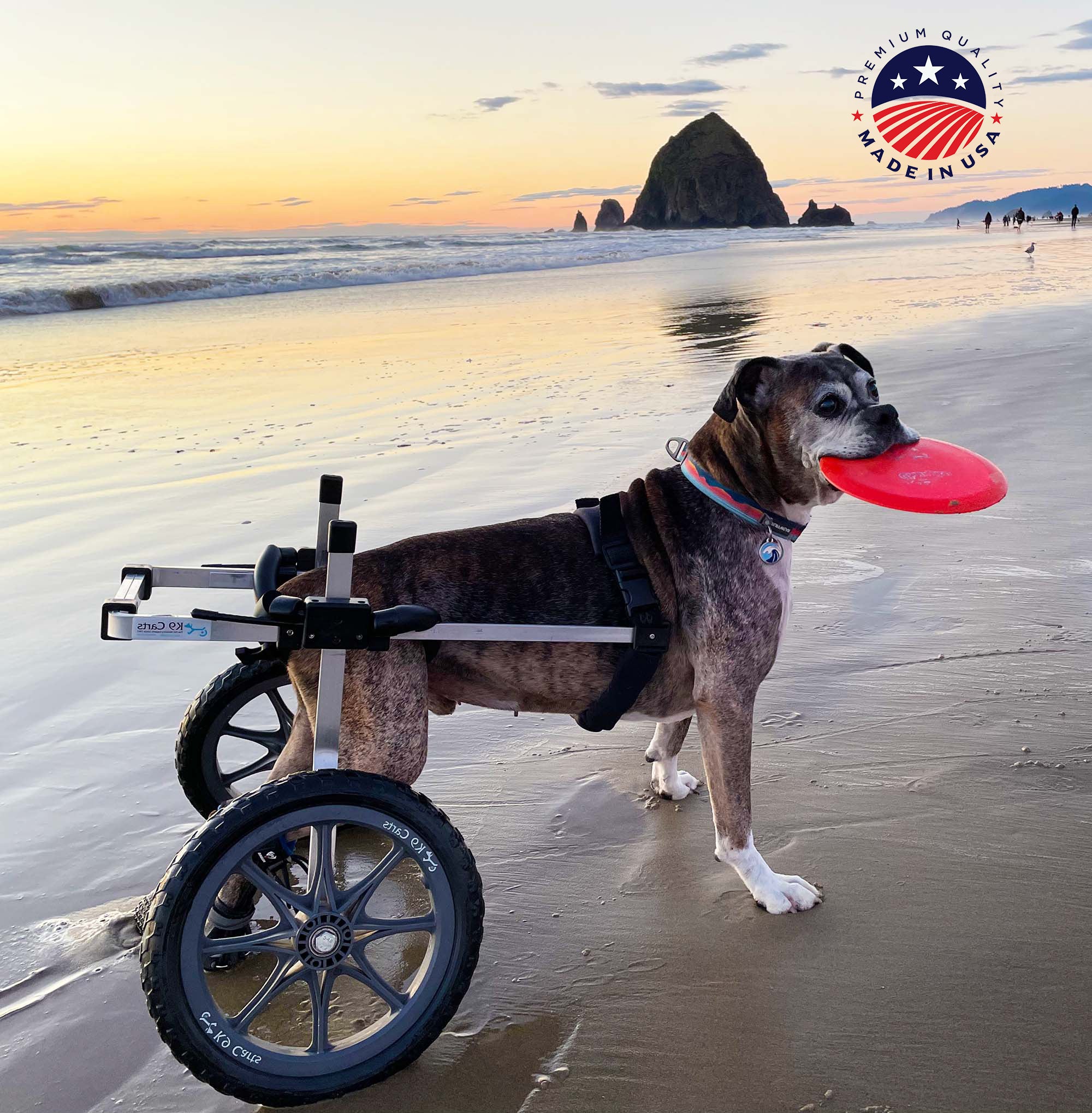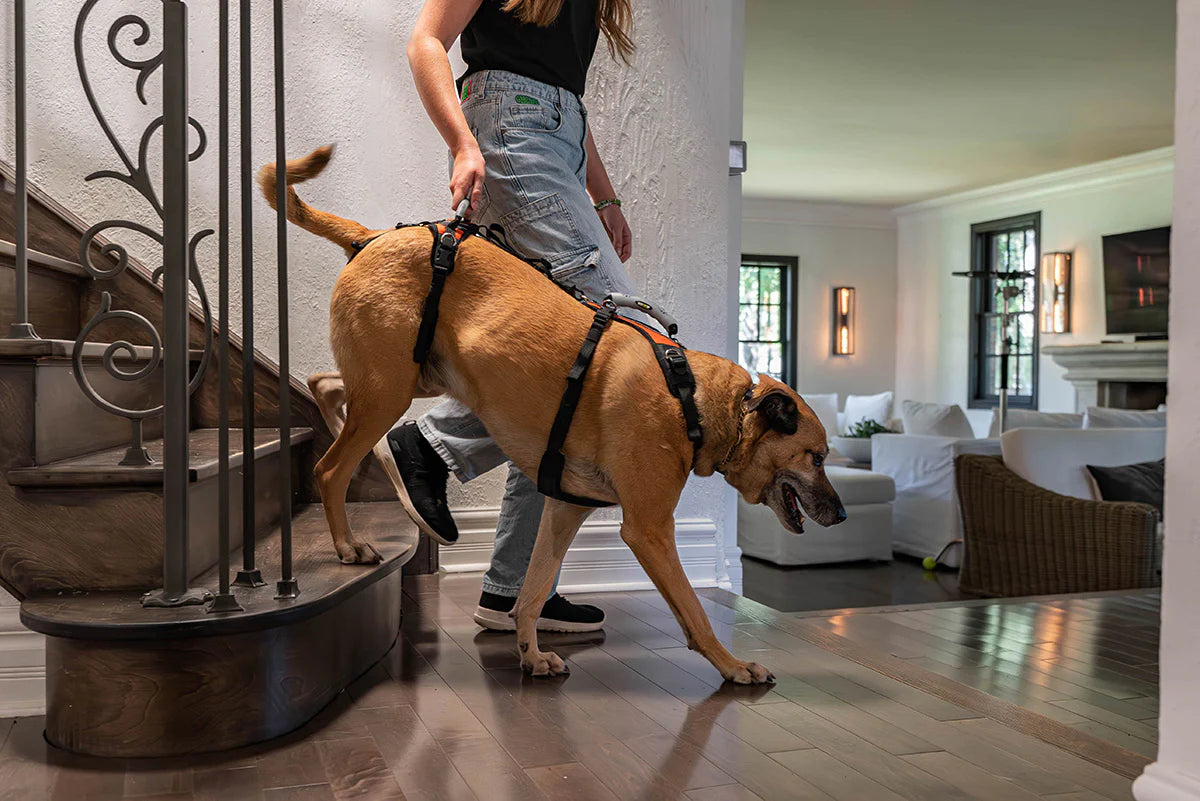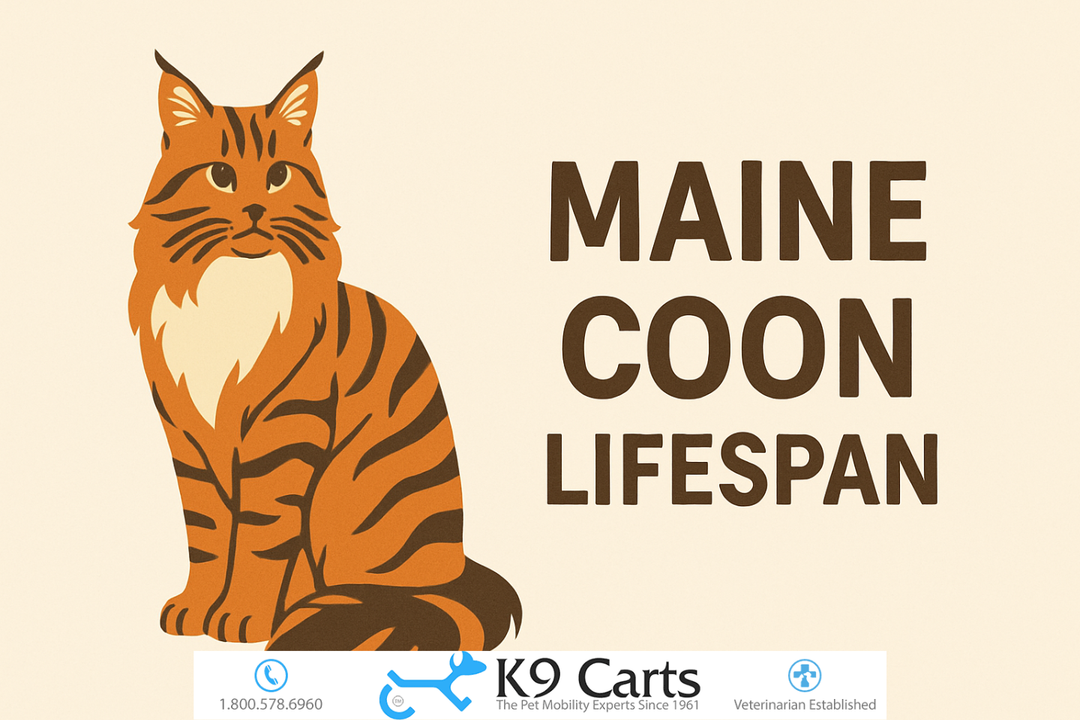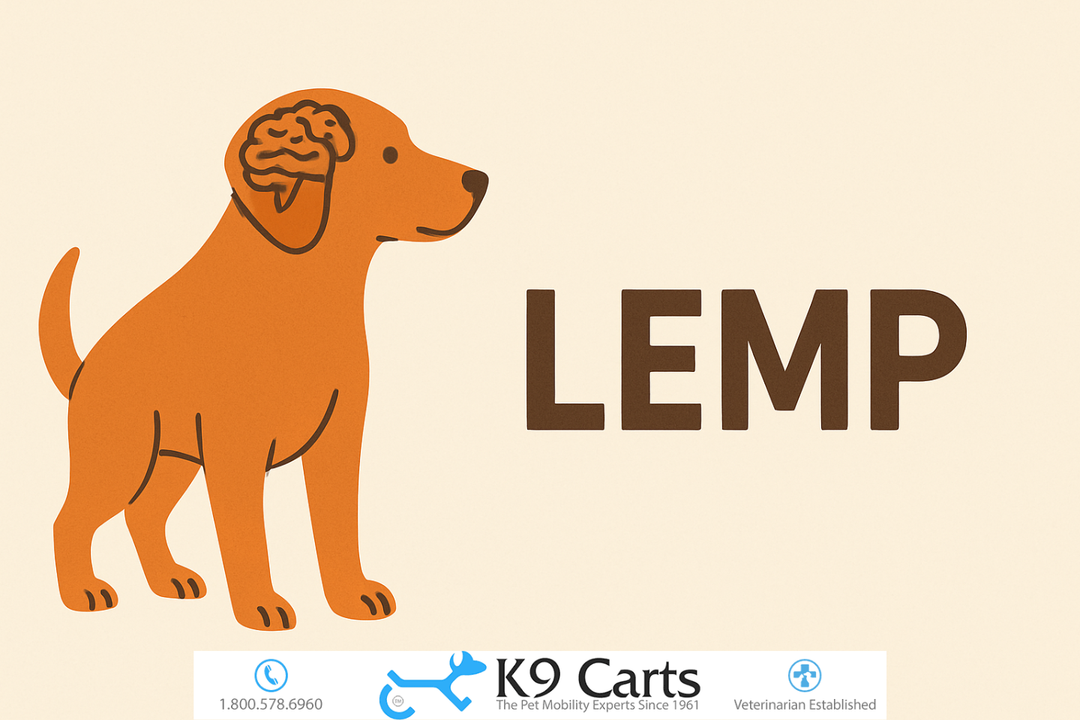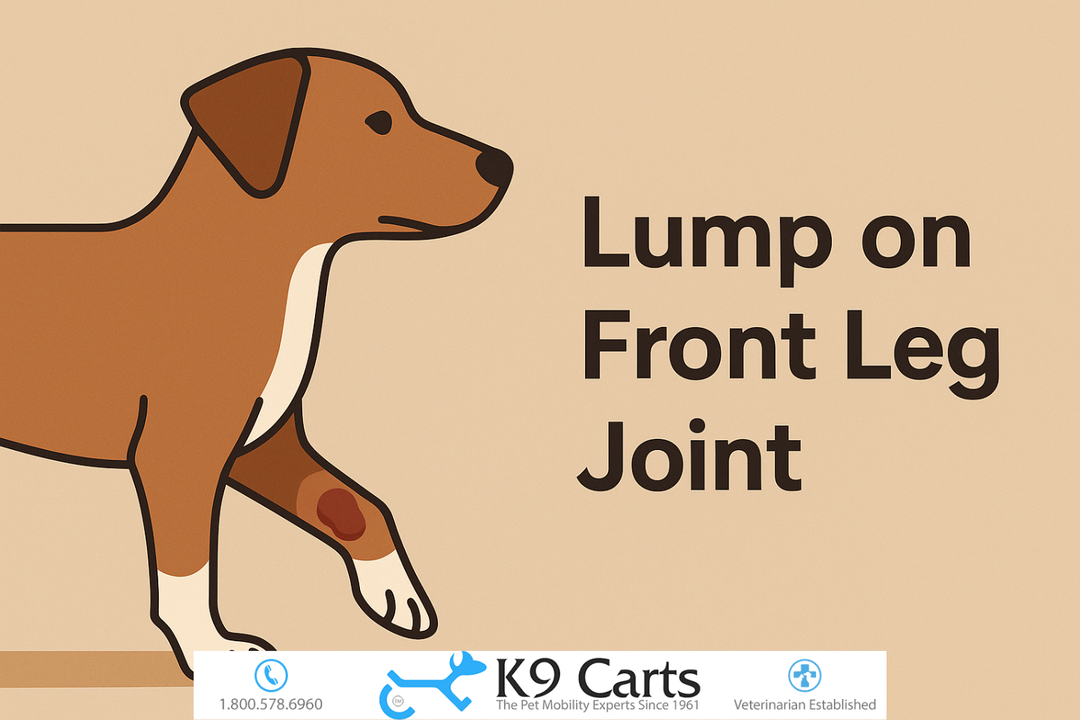Rehabilitation & Physical Therapy
Rehabilitation
After an injury or surgery, we all know how important it is to get ourselves moving, as soon as possible, and to stay mobile. This helps to keep our limbs and joints flexible. Most of us also know that the more bed rest we get, the longer the pet rehabilitation process is going to take. Even after major surgery, patients are usually advised by their doctor to get out of bed and start walking. Doctors know that this will speed up the recovery process. Pet Physical therapy is often prescribed, and to assist walking at home, we may also be given crutches, a walker, or wheelchair. Patients are seldom prescribed bed rest for long periods of time.
When it comes to our pets, the same approach to pet rehab applies. After an illness or surgery, we need to get our pet moving as soon as possible. Herein lays the problem. How do we get our pet up and moving and still protect it from re-injuring or hurting itself? Most pets, if given the opportunity, will drag themselves around (and this is a risk for further injury) as they do not like being confined or kept away from the rest of the family.
Options
1. After back surgery cage rest is usually recommended for your pet by some pet hospitals and veterinarians to allow healing and prevent re-injury. For other surgeries, such as knee and hip, we recommend renting a wheelchair to aid in recovery.
However, we recommend supervised activity (see Option 3) in one of our carts, shortly after surgery, for the following reasons:
- Keeps your pet active and protects your pet by keeping the back and limbs in alignment
- Being mobile, and able to join family activities again, will make for a happier pet
- Nursing care will be easier for you
- Getting your pet up on all fours will help prevent sores and urinary tract infections
- Using a cart stimulates return to mobility by supporting the back and allowing your pet to start moving its legs. Once your pet has the ability to stand, and support itself, then you can use the cart with the paws down in a walking position.
2. Another approach we often see pet hospitals and vets use is to give the pet five to ten days of cage rest and then let the pet get around
as best it can. This usually means the pet drags itself around on the floor. The downside of this approach is when a pet drags itself, it
places a lot of stress on the healthy limbs and is more susceptible to sores and infections.
3. From over 50 years of observing mobility-impaired pets, we know that pets benefit from walking. Just as we benefit from using
crutches, it is important for your pet to have a means of moving around while at home. Our K9 pet wheelchairs not only protect your
pet from further injury, but also encourage rehabilitation. If your pet’s condition precludes a return to walking independently, then
the cart will provide improved quality of life and make physical therapy easier.
If your pet has just undergone surgery, and is unable to walk, we recommend the following:
- Consult with your veterinarian regarding a wheelchair for your pet
- A short period of cage rest (3-5 days) to allow your pet to heal from its surgery (check with your veterinarian for recommendations on the length of cage rest for your pet)
- If your pet’s prognosis is good and your pet is likely to recover full mobility within 2-3 weeks, renting a pet wheelchair will help aid the pet rehabilitation process
- If your pet is not likely to recover full mobility, then purchasing one of our wheelchairs would be a more cost effective solution for your pet’s mobility
Summary
With proper fit and balance, our pet wheelchairs protect your pet from injury and give your pet mobility. The K9 Cart keeps the spine and limbs in alignment, takes stress of the back and both front and rear limbs, and is a great aid in keeping your pet’s joints and limbs flexible. Keeping the joints and limbs flexible will give your pet every advantage for full recovery when it regains feeling and movement.
Physical Therapy
Pet Physical therapy, together with a pet wheelchair, and a good nursing care program is often instrumental in bringing a pet back to walking independently.
The type and amount of therapy you are able to provide will depend on the size of your pet, what your pet will tolerate, and your available finances. While there are many excellent pet rehabilitation and therapy centers throughout the USA, Canada and abroad, these can be expensive.
We have found, after 50 years of working with mobility impaired pets, that there are few things to equal the therapeutic value of placing your pet in one of our pet wheelchairs. We recommend either renting, or purchasing, one of our K9 carts as soon as you see your pet experiencing any mobility problem. The wheelchair encourages your pet to return to walking independently. However, if your pet is unable to walk on its own, the cart will give your pet a greatly improved quality of life and make Nursing Care easier for you. Please see our comments on Rehabilitation.
While there are many different types of physical therapy, most pet physical therapy programs usually include the following:
Swimming
Swimming is an excellent form of physical therapy! If you have a pool, take your pet in the pool with you. Life jackets are available from many pet and marine stores, if you would like one for your pet. Check out local vetinary pet rehabilitation centers for swimming facilities.
Flotation Baths
For smaller pets, that are not afraid of water, fill your bathtub with warm water that is deep enough to keep your pet’s paws off the bottom of the tub. Support your pet and allow it to swim with the front legs, while you move the rear legs, manually, back and forth.
For larger dogs, use a swimming pool if you have access to one. We remember once watching a Golden Retriever, who was totally paralyzed in the rear limbs and weak in the front, swim and retrieve a log out of the water. It was an amazing sight and a powerful demonstration of how buoyant and mobile we are in water versus the physical limitations we have on solid ground!
Range of Motion Exercises
It is important for your pet to retain normal range of motion in its immobile limbs. This prevents joints from becoming rigid, immovable, or frozen. If we keep the joints and limbs flexible, when a pet does regain feeling and movement, it will have every advantage for full recovery.
When doing range of motion exercises, place the pet on its side with the paw flat on your hand. Move the leg up and down towards the hip; you may want to keep one hand on the knee of a larger pet or on the hip of a smaller pet. Turn the pet over and repeat. Although your pet may have no feeling in its legs, doing this daily will help keep the limbs and joints flexible. Wheely Willy is a great example of the positive results of performing range of motion exercises and the benefits of our pet wheelchairs. He is a 20-year-old Chihuahua and has been in a K9 Carts for 17 years. His owner, Deborah Turner, has done range of motion exercises regularly with Willy over the years. When not in a cart his legs are totally lifeless, yet while in his cart his little legs move like pistons! Deborah is often asked if he really is paralyzed and will even sometimes take him out of his cart to prove the point.
General Care
- Never allow your pet to scoot around on its bottom with rear legs out at a 45-degree angle. This could cause limb deformity or damage to rear limbs and joints.
- The length of time spent in the cart depends on your pet’s physical condition. We recommend little and often.
- If your pet is paralyzed and weighs 40 pounds or less, we recommend using our Protect-A-Pet when not in the cart.


